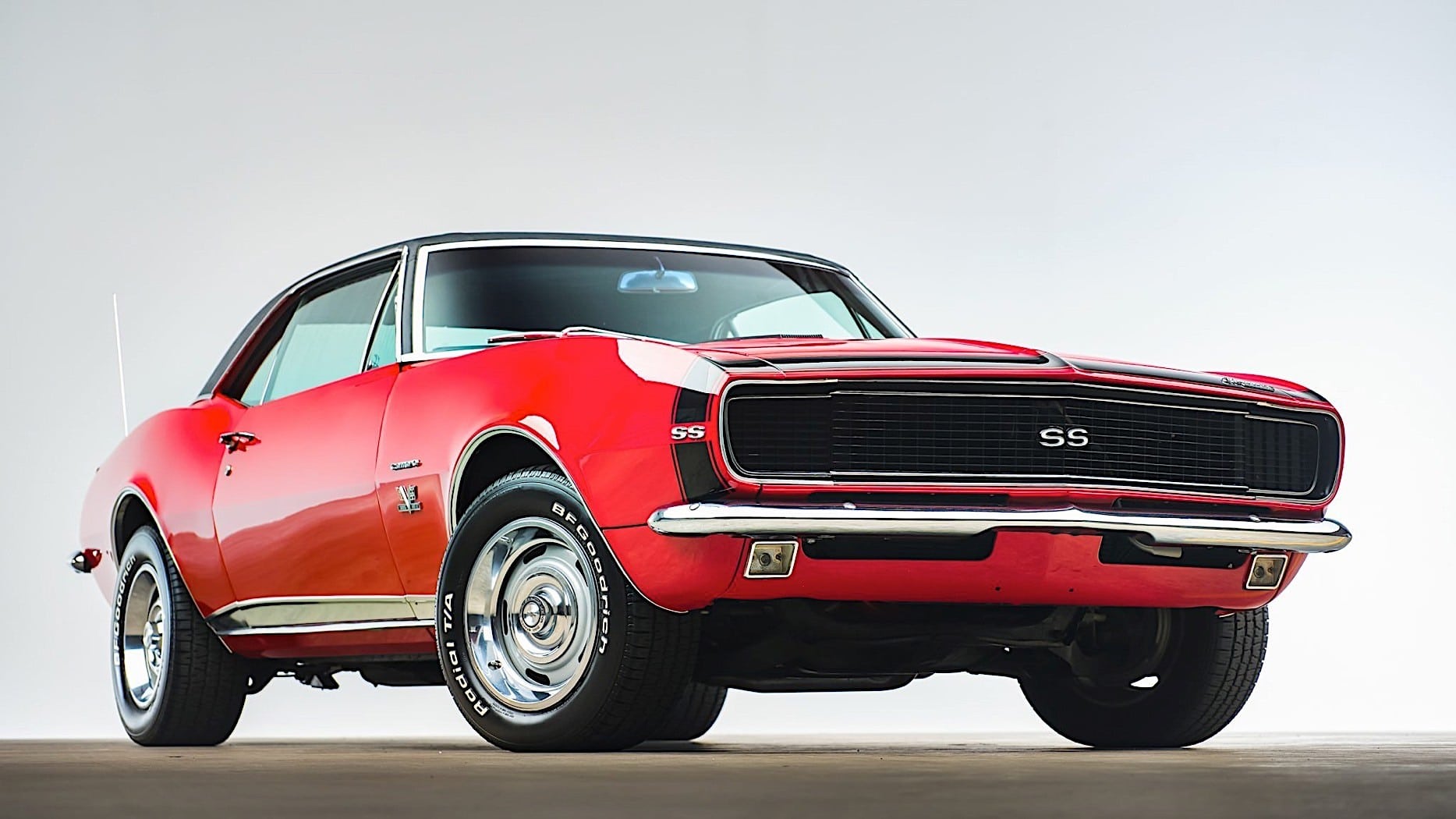You’ve probably heard the news that the revered Chevrolet Camaro is being canceled for the second time in its unique history. It means that there will not be a 2024 Camaro since the assembly lines shut down on December 14, 2023. To say that the news saddens car fans is an understatement. This was and still is one of the best muscle cars ever. It was a true dream car of millions of enthusiasts all over the globe.
Chevrolet claims the lack of sales was the main reason the Camaro is gone, but we doubt it. In a very short period, muscle car lovers have lost two muscle car legends – the Camaro and the Dodge Charger/Challenger. That leaves only the Ford Mustang as the last American-made muscle car on the scene. However, let’s not mourn the sad destiny of the Camaro. Instead, let’s concentrate on the most significant models from its storied history and hope that it will find a way to reincarnate itself for the second time.
1967 Chevrolet Camaro

On September 22, 1967, Chevrolet introduced the Camaro in front of an eager audience. Motoring journalists and the automotive public saw a brand-new, elegant coupe and convertible with a modern design. It also boasted a classic long hood and short deck proportions, a sporty stance, and excellent trim. Chevrolet chose to abandon the third body style like the Mustang or Barracuda. From this standpoint, it was a good decision (via Car and Driver).

The new Camaro came with a selection of straight six and V8 engines, starting from a small 230 six-cylinder up to the mighty 396 V8 with 325 hp. The idea was to offer a broader range and more powerful engines than Ford to attract sport-minded buyers. That’s why Chevrolet offered the three performance versions of the SS, RS, and Z/28 models. The 1967 Camaro could succeed since it was sold in over 220,000 examples and the performance versions were well-received. However, more was needed to catch the Mustang and its lofty 400,000 examples sold in 1967.
